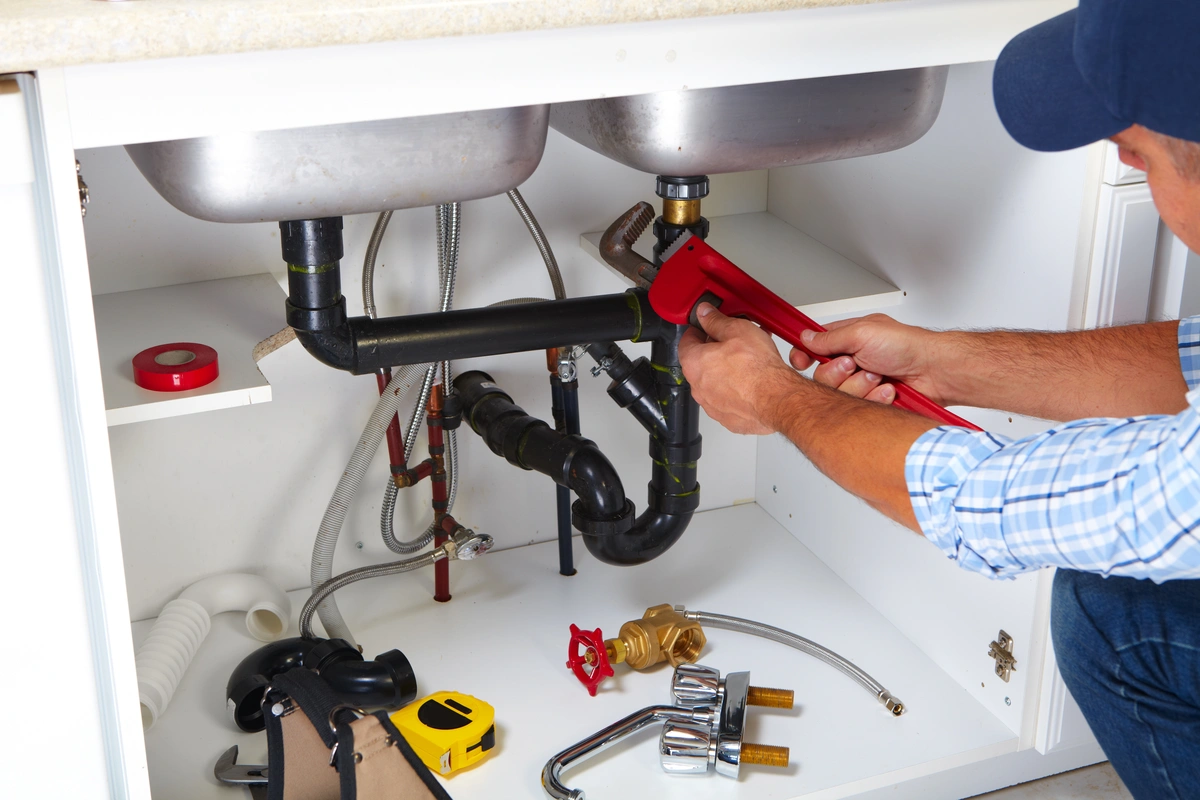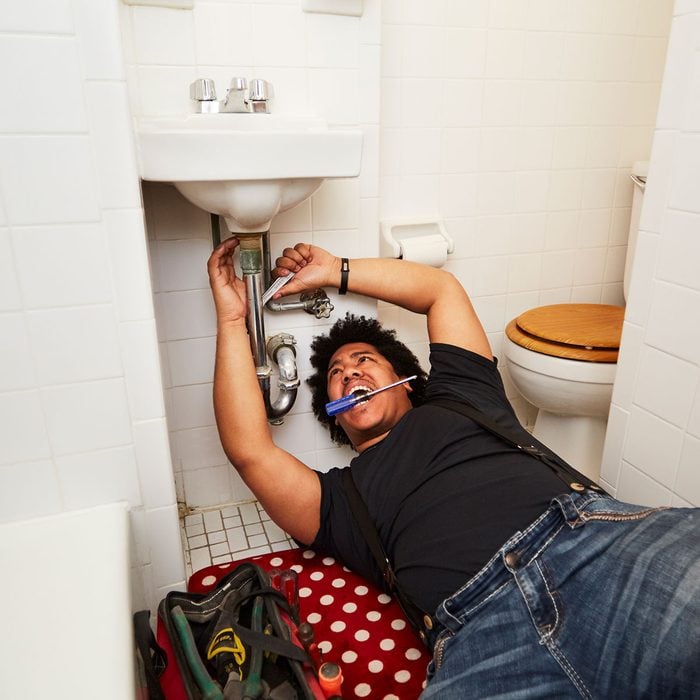A Detailed Overview to Effective Hot Water Heater Setup for Ideal Efficiency
Getting started on the job of setting up a hot water heater is a venture that requires accuracy and an organized strategy for attaining optimum efficiency. The procedure starts with the critical decision of picking the ideal heater customized to the details demands of your family, taking into consideration variables such as kind, size, and power source. When selected, preparing the setup area to fulfill safety criteria is vital. However, the trip does not end below. As you continue, the ins and outs of connecting water lines and establishing reputable electrical or gas links await, appealing insights right into making sure efficiency and reliability.
Picking the Right Hot Water Heater

Next, think about the dimension and ability of the hot water heater. It's important to analyze your household's hot water requirements, which can differ based upon the number of residents and their usage patterns. A device that's also small may result in inadequate warm water, while an oversized model may cause unneeded power consumption.
Efficiency scores additionally play a crucial role in selection. Search for hot water heater with high Power Variable (EF) rankings, showing superior performance and decreased energy use. Tankless versions, though normally extra expensive upfront, offer substantial energy cost savings gradually as a result of their on-demand home heating capabilities.
Preparing the Setup Location
Prior to installing a new water heating unit, meticulous prep work of the setup location is crucial. It's important to measure the room thoroughly to suit the water heating unit's measurements, guaranteeing adequate clearance around the system for efficient operation and maintenance.
Examine the flooring for security, as the water heating system will need a solid, level surface area to run effectively. If necessary, install a drip pan beneath the unit to catch potential leaks or spills, preventing water damage to the surrounding location.
In addition, ensure that all necessary tools and products get on hand prior to starting the installment. This includes items such as wrenches, screwdrivers, a level, and any additional equipment needed for protecting the heating unit and placing. A well-prepared installation area sets the structure for an effective water heating system configuration, enhancing efficiency and security.
Connecting Water Lines
When attaching water system lines to your recently installed water heating system, it is critical to ensure that all links are leak-free and safe to maintain reliable procedure and avoid water damage. Begin by recognizing the chilly and hot supply of water lines. The cold water inlet is generally marked with a blue tag or a "C", while the warm water outlet is noted with a red label or an "H".
Use versatile water heating unit connectors to facilitate an easier setup procedure. Before connecting the connectors, put a plumber's tape around the threaded click to investigate ends of the water heater's inlet and outlet pipes.
Once connections remain in location, gradually switch on the major water valve. Examine each connection for leaks by aesthetically feeling and inspecting for wetness. Tighten up connections as needed, and ensure the pressure safety valve is correctly set up, guarding against extreme stress accumulation.
Establishing Electric or Gas Links
Effectively establishing up the electric or gas links for your water heating system is an important action to make sure effective and secure procedure. For electrical hot water heater, start by validating that the electric circuit works with the heating unit's voltage and amperage requirements. Guarantee the power supply is switched off see it here at the breaker to stop crashes. Attach the electrical wires to the heater adhering to the maker's electrical wiring representation. Normally, this includes connecting the ground wire to the environment-friendly terminal, and the continuing to be cables to their matching terminals, protecting each with cable nuts.
For gas water heating units, safety is paramount. Attach the gas line to the water heating unit making use of an adaptable gas adapter, ensuring it is correctly threaded and sealed with pipe joint substance or Teflon tape suitable for gas links.
When links are made, evaluate for any kind of possible leakages. For gas lines, apply a soapy water remedy to the joints; bubbles suggest a leakage. For electrical connections, ascertain that all electrical wiring is protected and effectively protected, maintaining conformity with regional electric codes.
Examining and Changing for Efficiency
With the electrical and gas links securely in area, the next action is evaluating the functional efficiency of your water heater. Begin by very carefully turning on the water supply and making certain there are no leaks at any of the joints or valves.
Following, execute a complete assessment to guarantee the burner or burner are operating properly. For electric heating systems, make use of a multimeter to confirm if the elements are attracting the proper present. In gas models, observe the heater flame; it should be blue and steady, suggesting efficient burning.
Change the settings as essential to get rid of inefficiencies. Consider carrying out insulation steps, such as including a water heating system blanket, to further boost performance by minimizing warmth loss. Additionally, examine the anode pole's condition, as a shabby pole can lower effectiveness and lead to container corrosion.
Verdict
Reliable water heater setup is essential for making sure optimum performance and power financial savings. Securely linking water supply lines and meticulously setting up electrical or gas links decrease potential issues.

Properly setting up the electrical or gas links for your water heating system is an essential step to make sure secure and efficient operation. For electrical water heating systems, start by validating that the electric circuit is suitable with the heater's voltage and amperage requirements. Connect the gas line find out here now to the water heater utilizing a versatile gas port, guaranteeing it is appropriately threaded and secured with pipeline joint compound or Teflon tape suitable for gas connections.